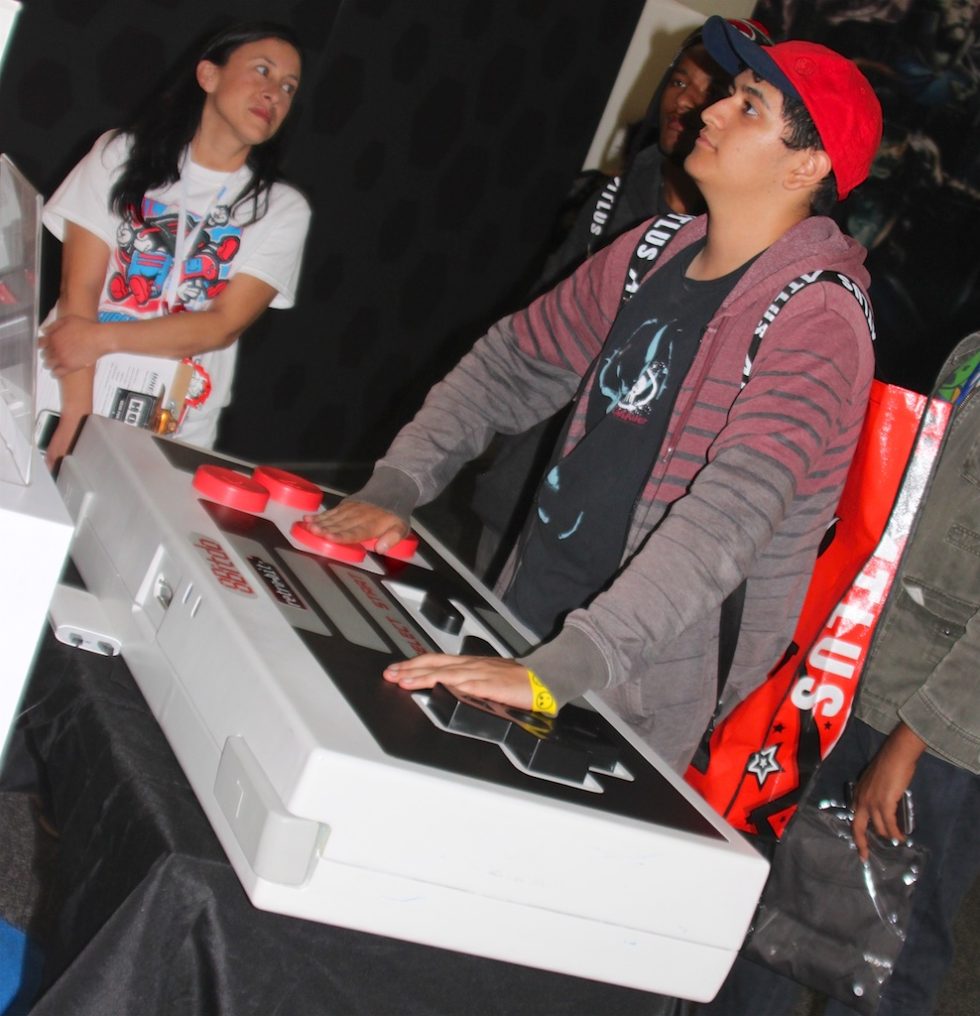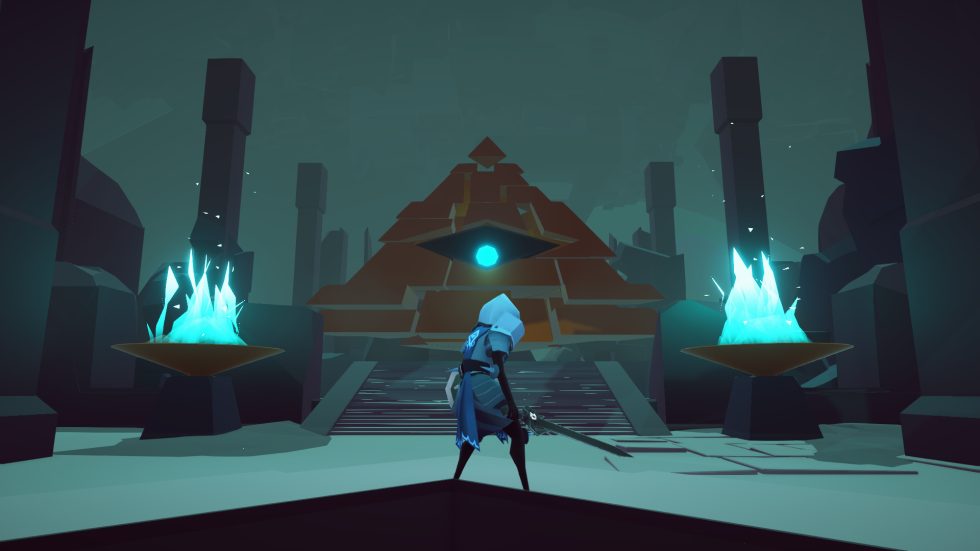Truth be told, Ars Technica walked into this year's Electronics Entertainment Expo (E3) with pretty low expectations. Before the doors opened, Nintendo and Sony had already confirmed that they wouldn't show off any brand-new consoles, and companies like Activision and EA excused themselves from the proceedings. But we still wound up discovering a ton of great stuff, mostly in the form of new games—so many, in fact, that we made our own War of 1812 out of it.
On E3's second day, Ars UK's Mark Walton proposed that I square off against him in a battle of international tastes with our camera crew in tow, and I obliged him. The premise was simple: which Ars nation could find cooler stuff on the E3 show floor? Spoiler alert: we both did fine, at least in terms of parsing the quality stuff from the hype.




